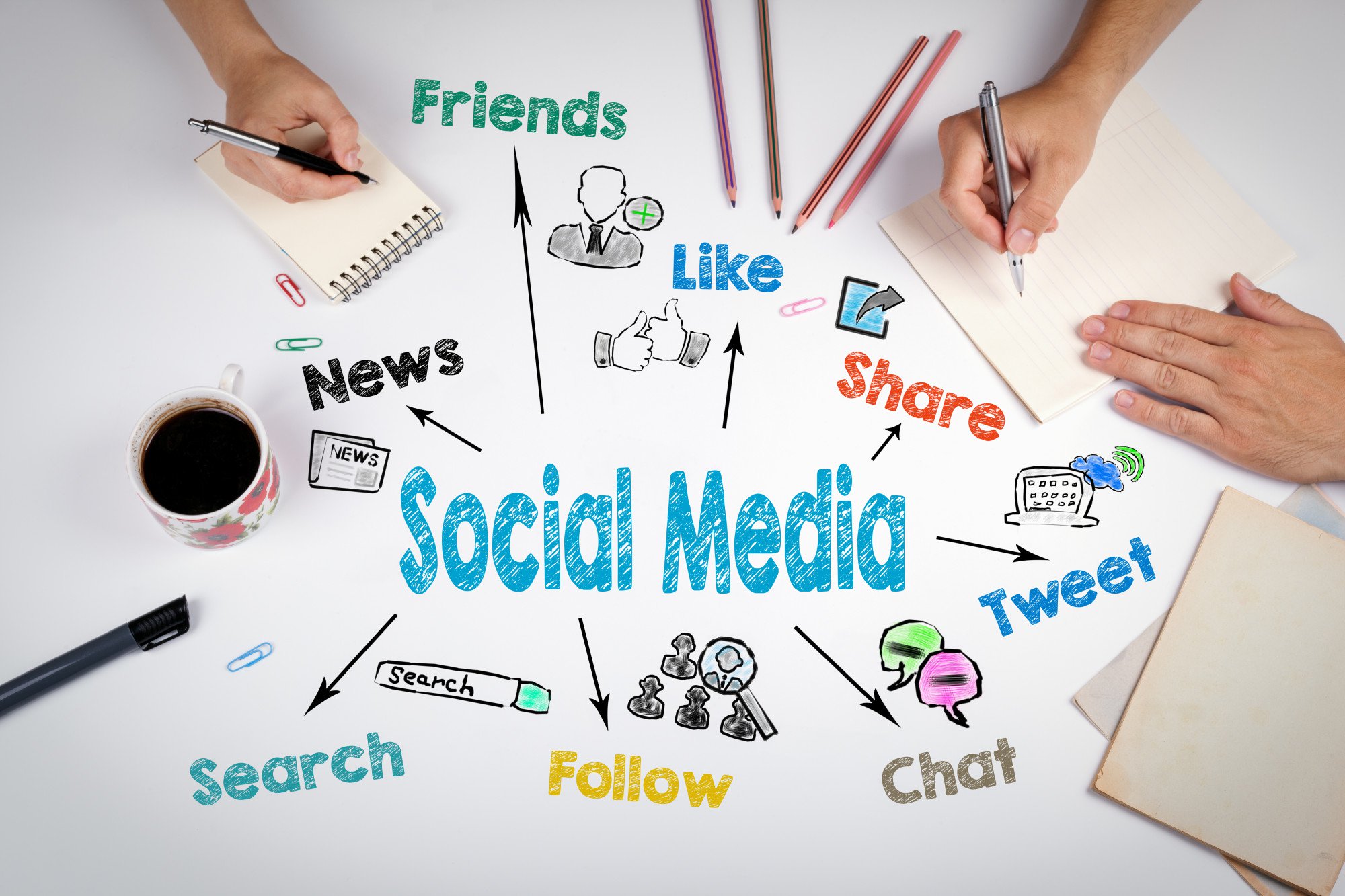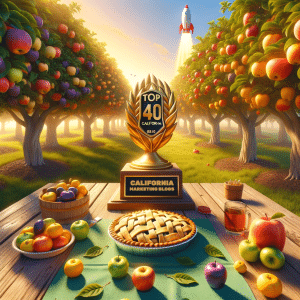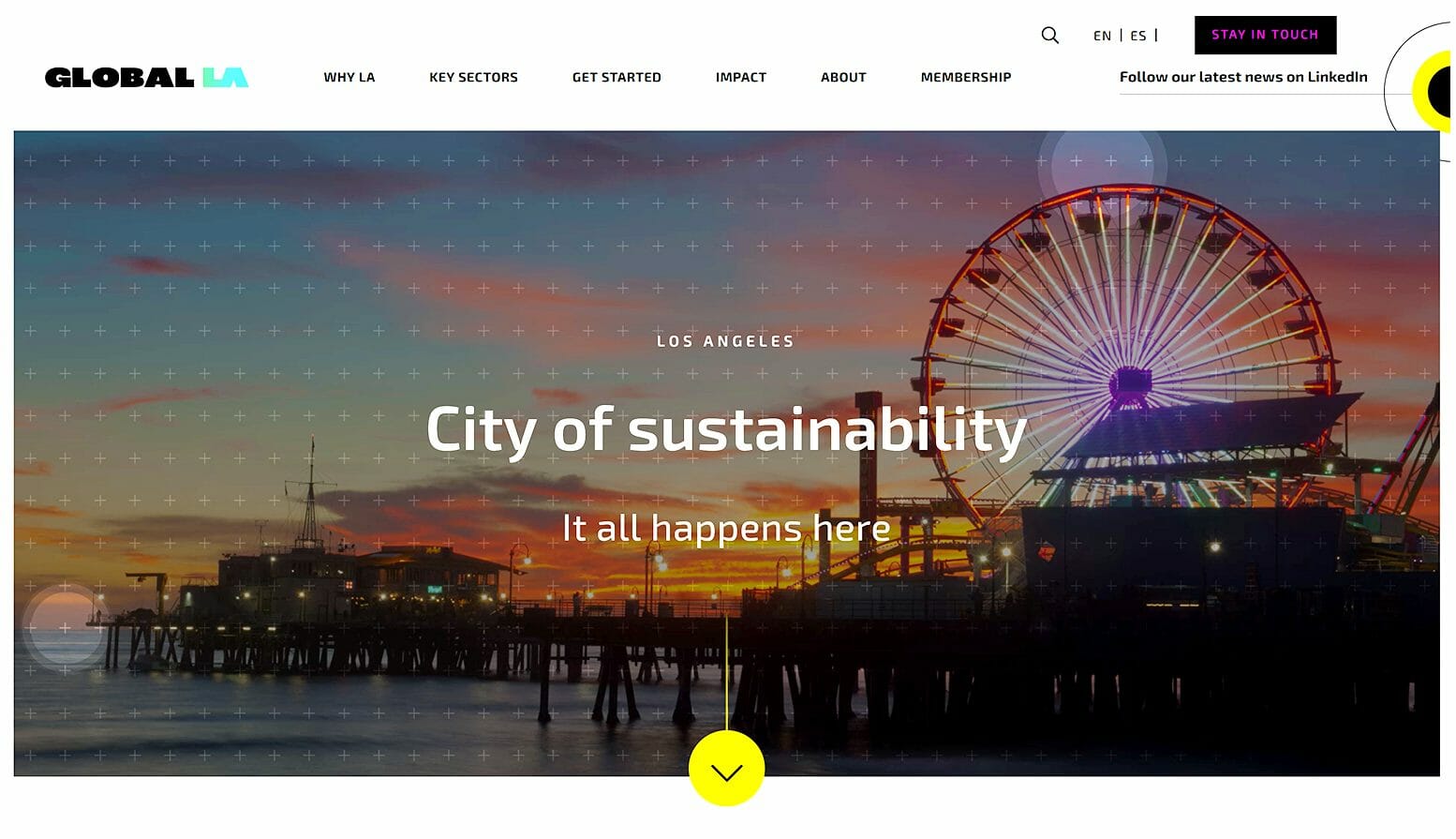27 Jun ‘19
7 Ways to Incorporate Social Media Marketing into Your Website
27 Jun ‘19
In: Marketing, / By: Ripe Media
25% of consumers follow brands they might purchase from on social media. The availability of a “buy” button would increase their chances of buying something online. With these figures, how seriously do you take social media marketing for your brand?
Marketing through social media can help your business soar to the next level of competition if used correctly. Social engagement is on the increase and is being driven by social commerce. By leveraging the power of social media in your marketing strategies, you’ll scale your business to a higher level.
How do you incorporate social media marketing into your site? Read along for insights.
1. Customize Social Media Buttons
Once you create your site, ensure you add links to your social media profiles. This is the simplest way of merging the two platforms in a promotional technique. The links to your social media pages enhance user access to their favorite platform.
Here, they can find out more about your company, share your content, and even contact you. There’s more to linking to your social media profiles than just copying the logos into some space on your site. There’s a need to blend them seamlessly with your brands’ theme and website design.
Consider using your brand’s colors for the buttons. Alternatively, you can have them slightly faded so that they don’t detract the message. Again, remember to only use a few and the most relevant social share buttons on your product pages.
2. Make Use of Social Media Videos
When it comes to social media marketing, video content is more appealing to users. They’re most preferred for content sharing, engaging participants in a contest, and convincing viewers of a particular event. Videos grab attention in a way that normal text doesn’t.
Social media videos are those you create for sharing on social channels. They’re easy to integrate to your website since you can embed their social media feed on your site.
In the place of lengthy blog posts or ‘how-to” tutorials, consider having video content. The video feeds can be displayed on your site to enhance interactivity.
3. Social Login
A majority of website visitors prefer to log in to a site with their existing social accounts. This is opposed to the lengthy process of providing their email address to create an account on your site. Convince your visitors to come back to your website by making a provision for social login.
This form of social media marketing will increase your conversions and retention rates. If you’re using social login platforms, you’ll also be able to collect data points for more personalized campaigns.
4. Use Social Media Based Commenting System
Did you know that commenting tools encourage conversions? They allow for human-to-human interaction, hence boosting authenticity and information reliability. A social-based commenting system like Facebook Comments is a potent way of integrating the experience of communication among users.
Social conversions are engaging. The design of the systems requires the commenters to sync their social media accounts for commenting. This way, only genuinely existing accounts are linked to your identity.
The upside of this system is that it reduces trolls and online spans. The commenting system brings only the most useful comments to the top of the discussion.
5. Showcase Social Media Reviews
Social media marketing is highly subjected to social proof. It’s that element of social media that make people believe in something when they see it being recommended by others. It makes social media users believe in the positive reviews of a product or service.
When you showcase social media proof, you’re merely integrating social reviews and recommendations for new customers to see. Once customers can trust your social proof, it helps augment website conversions and sales.
One way to display social proof is to use Facebook’s social widgets like the “Like” button. The number of likes you get is a show of your existence.
6. Pin Social Walls on Your Website
When you pin a social media wall on your website, you’re displaying your social media hashtag feed. A social media wall has the capability to display all your feed in one place. Posts generated by your brand and user-generated content are integrated for display in a visually attractive way in your social media wall.
User-generated content represents a form of marketing that builds loyalty among your followers.
Use tools like Taggbox to embed your social media wall correctly. The tools have stellar functionalities for content moderation, real-time content update, attractive styling, and content filtering.
You can also have your photo feed uploaded. More importantly, choose photos of your customers using your products to boost credibility.
7. Add Sharing Buttons on Your Blog Posts
If you’ve got blog pages, then you need to add sharing buttons as part of social media marketing. The sharing buttons allow readers to share your content at the click of a button. Sharing buttons enable and encourage your visitors to share information with other people in their circles.
Be careful not to use share buttons that disrupt the buying process for your visitors. Instead, they should provide an avenue for customers to receive feedback for their next purchase. Avoid using the same social buttons on your home and product pages.
Social Media Marketing – Final Words
Social media marketing is a potent tool for growing your website. Many users these days spend a considerable amount of their time on social media platforms. If you can make them follow you, the chances that they’ll become your loyal customers increase.
There are several approaches you can use in marketing your site through social media. One of them is the use of social media buttons. These can either lead your visitors to your social media profile or enable them to share your website’s content.
Embedding your social media wall to your site will keep your visitors updated on what’s happening in your circle. Link the feeds to your photo gallery and relevant content like customer reviews and recommendations. Don’t forget to share social videos as they are better marketing tools than blog posts.
If you have any questions, feel free to reach out to us today.
















